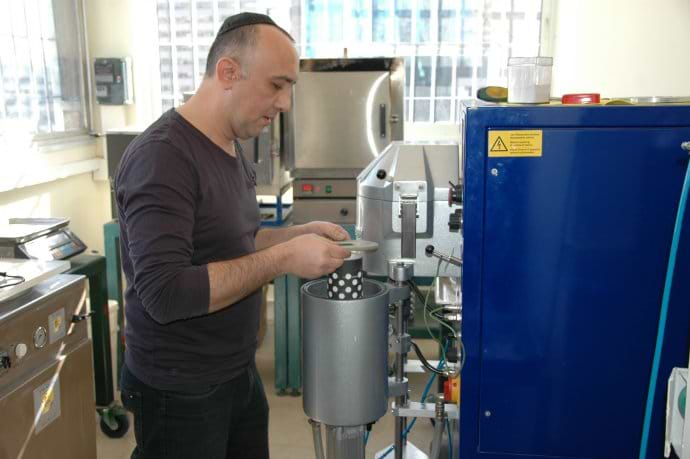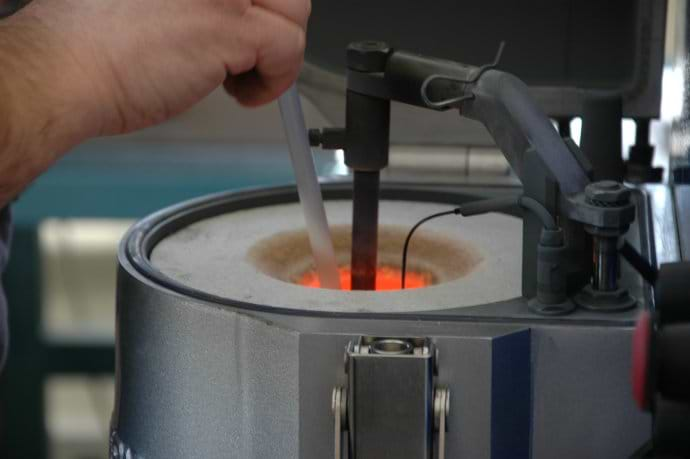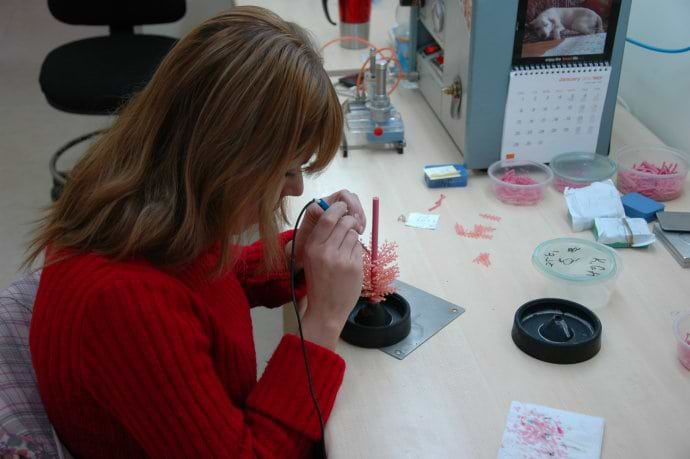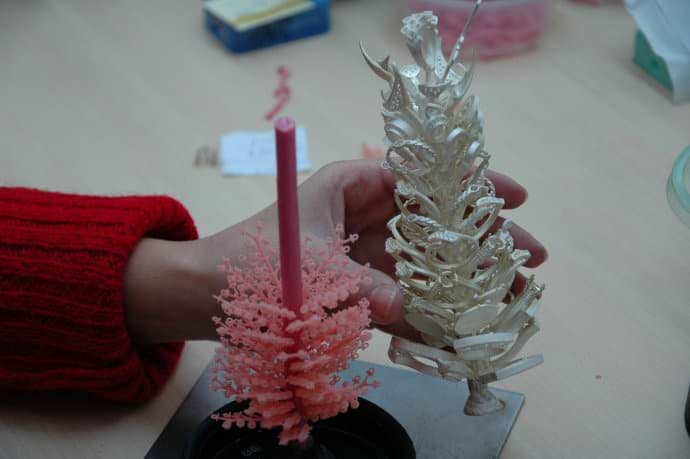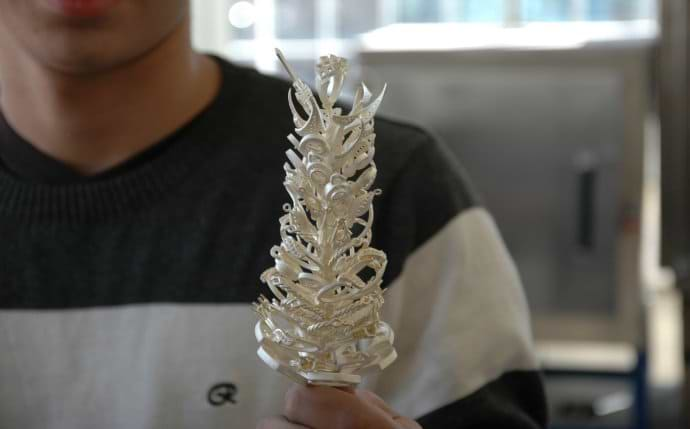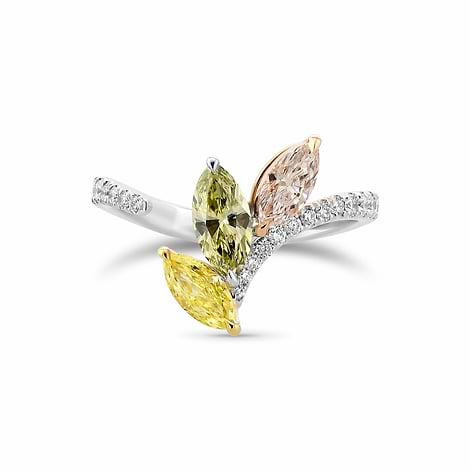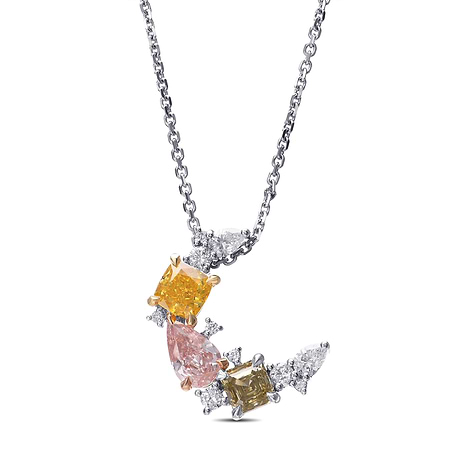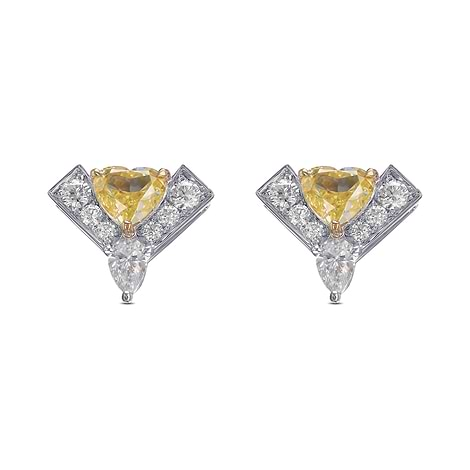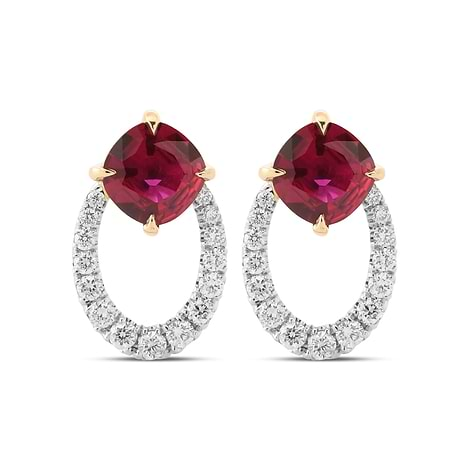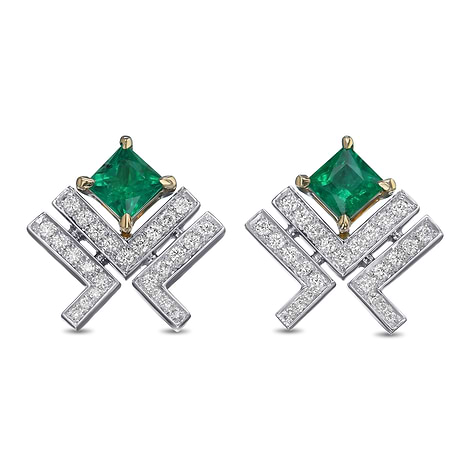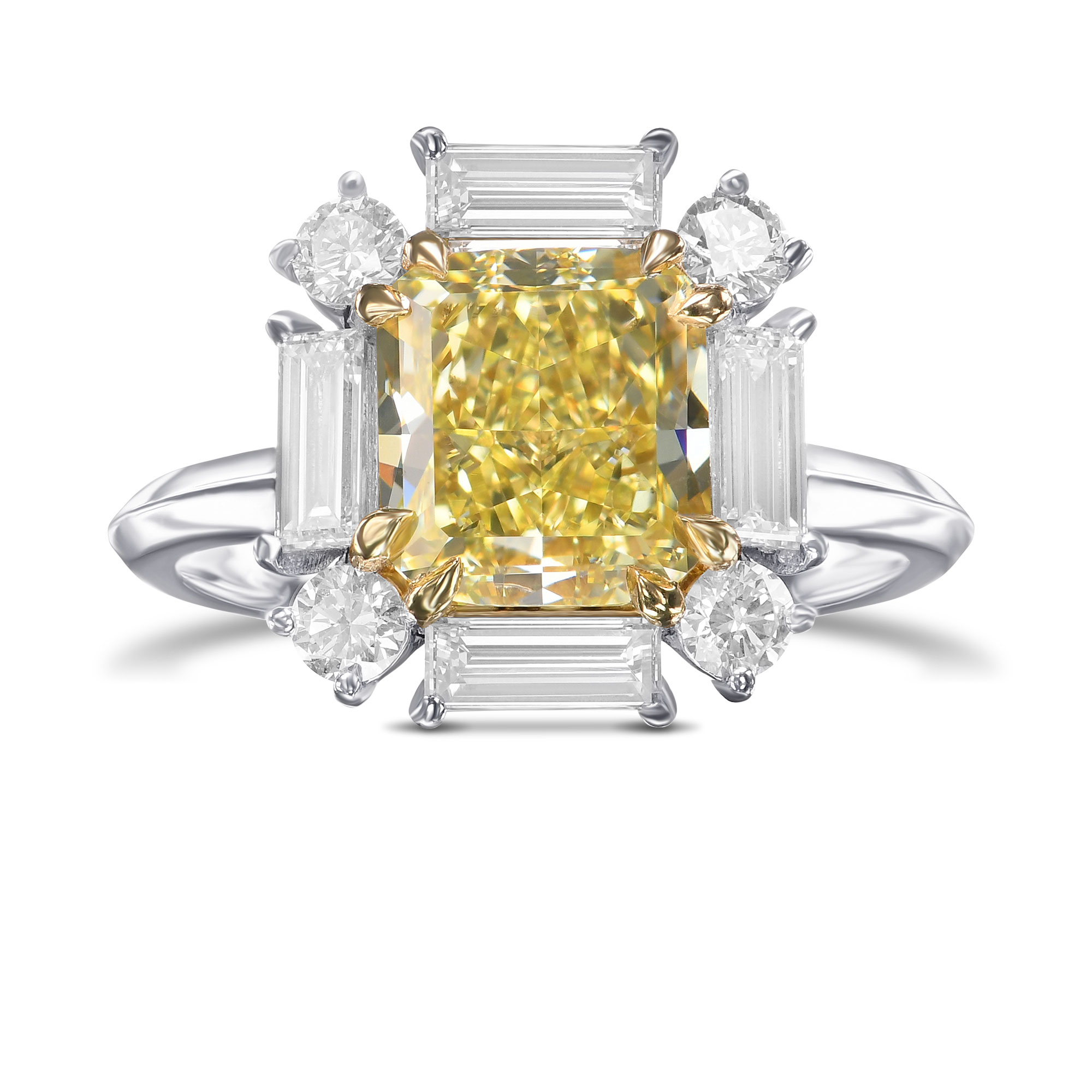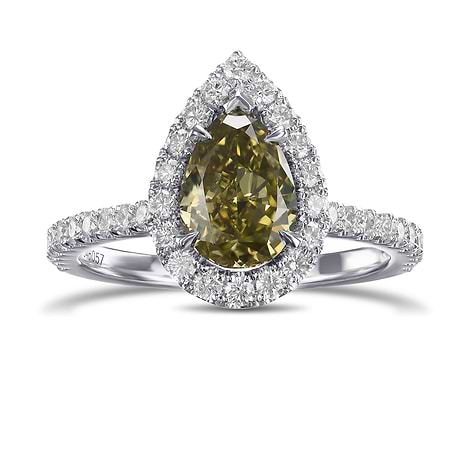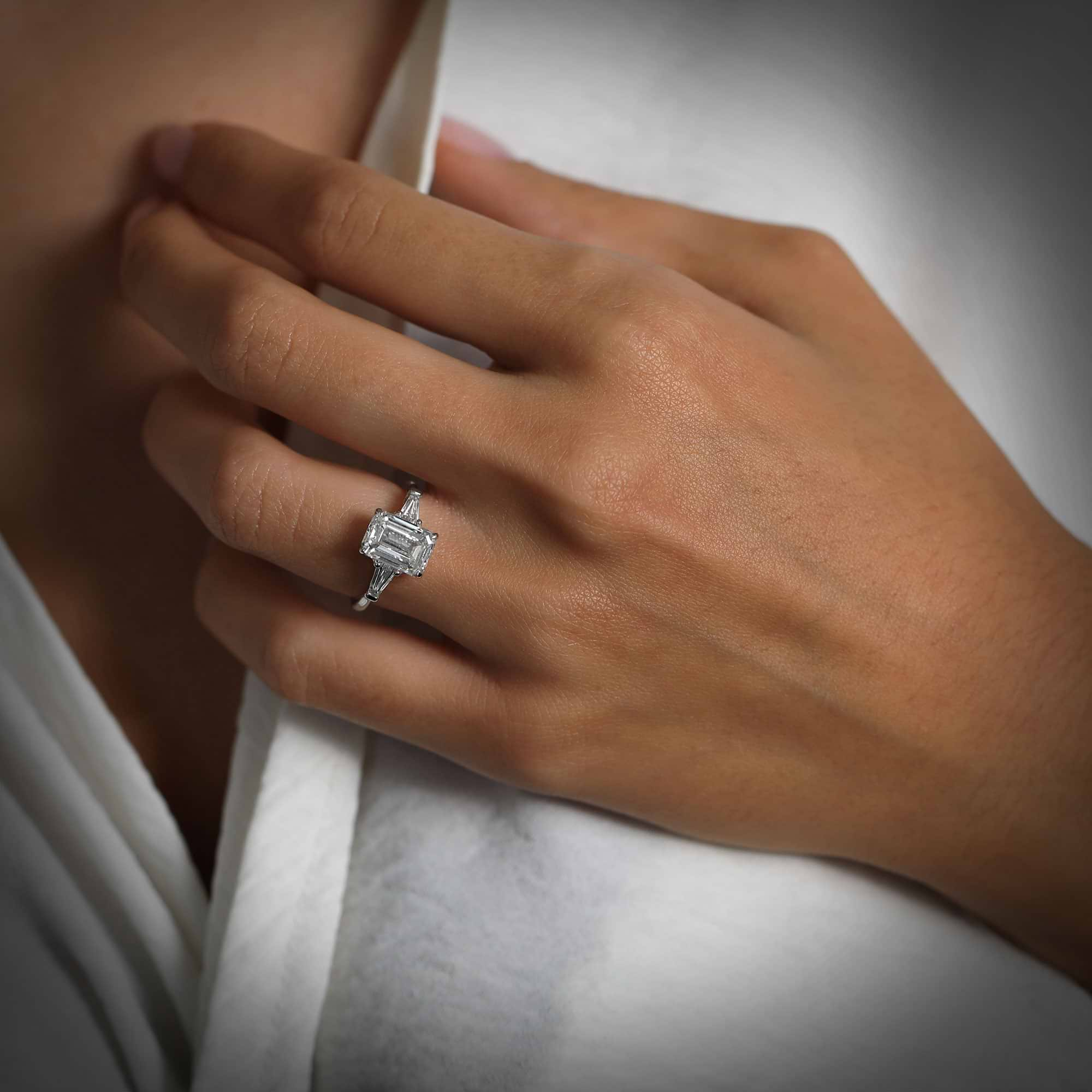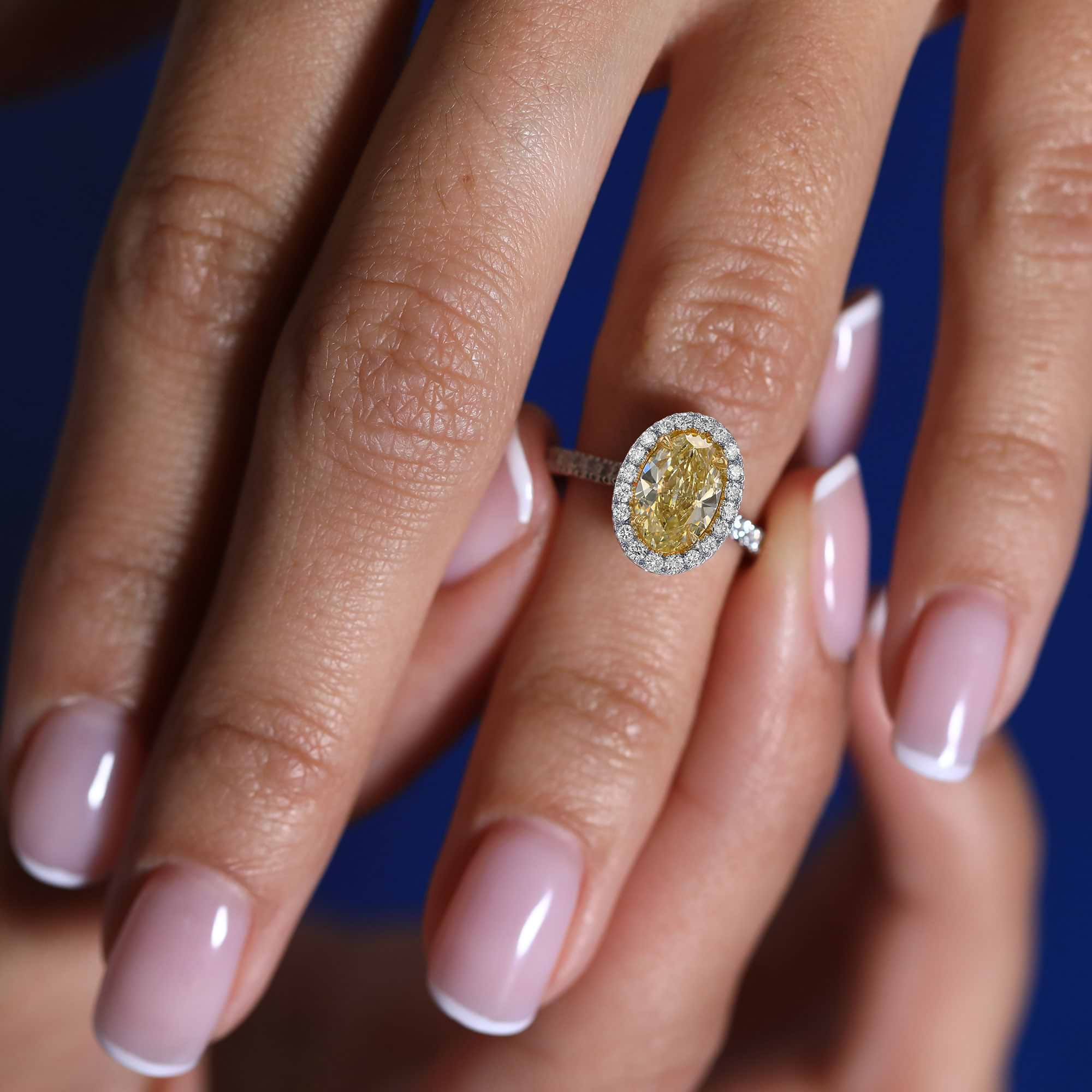< Previous Step | |
Step 5: Casting the Model |
| Next Step > |
Once the model is completed, the casting process can begin. The wax model is attached to a casting tree, where molds for each of the jewelry pieces are created. Each section of the jewelry is created separately so that every piece can be properly prepared prior to assembly. This process is actually referred to as multi-part casting since the model is manufactured in separate parts.
A plaster mold is created around the wax tree, and after a vacuum process to remove any air bubble, the model dried. At that point the wax within is actually burnt out, leaving a negative mold of the jewelry. The molten Gold or Platinum is poured into the flask mold and eventually cools.
The plaster mold is stripped from around the gold or platinum, and the tree remains with the various attached jewelry sections, which are removed and sent for assembly.
|
The Casting Oven |
|
Casting Oven Heat |
|
Casting Holder |
|
Building the Casting Tree |
|
Casting Tree Before and After |
|
Medal Casting Tree |
|
A Medal Casting and It's Created Ring |
Skip to any of the other steps in the manufacturing process of jewelry design
< Previous Step |
Step 5: Casting the Model |
Next Step > |
